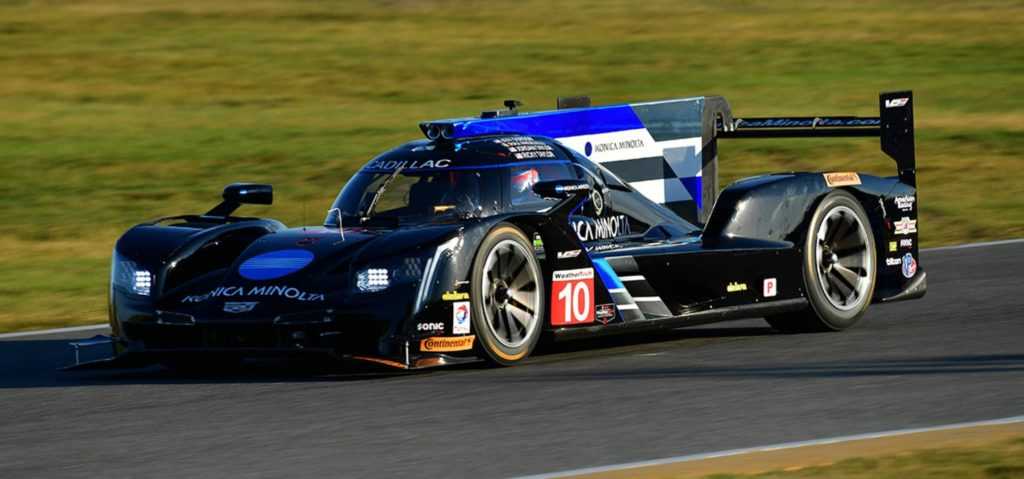F1 driver Kevin Magnussen is leaving the Haas Automations F1 team to race in the Chip Ganassis Cadillac Daytona Prototype (DPi) car in the IMSA WeatherTech SportsCar Championship. Ganassi is returning to IMSA after a one-year hiatus from the series in 2020. Although Magnussens luck hasn’t been great with Haas, or in F1 in general for that matter, racing in the top open wheel series in the world is a major accomplishment and something to be proud of. Maybe a change of scenery is just what he needs to be successful. Think of Tony Stewart’s transition from the Indycar series to NASCAR. Stewart had a fairly good run in the Indy series but when he moved to NASCAR, he quickly became one of the top racers in the league. During his career he racked up three cup series championships.
Magnussens experience has been primarily open-wheel based throughout his career but he has been around GT and sports car racing due to his father running in several series himself. One of those series includes the 24 hours of Le Mans.
The 28 year-old will be in good company as he’s being paired with IMSA veteran Renger van der Zande. Van der Zande has raced in several open-wheel series in his career so Magnussen could learn quite a bit from him. Along with them coming from the same beginnings racing-wise, Renger is also an IMSA champion in the SportsCar series. This new duo could be quite dangerous in the coming years.

What Are the Differences Between F1 and IMSA?
All things considered, the differences between F1 and the DPi cars are fairly slim. They are roughly the same size. The suspension is very similar, both running a form of double wishbone or double A-arms. Both cars even run the same type of sequential transmission. With that being said, the differences are are very apparent, most of them on the Power source front. F1 runs a V10 naturally aspirated engine that pumps out up to 950 horsepower to the wheels that can get the car up to 230 mph (370 km/h). DPi on the other hand runs a naturally aspirated V8 that only puts out 580 horsepower with speed output of up to 200 mph (321 km/h).

The biggest difference in my opinion is going to be the weight of the car. F1 cars are extremely light for the size of their engines, only weighing approximately 1,300 pounds (600 kg). For IMSA, the DPi cars are upwards of 2,000 pounds (900 kg). This mostly has to do with the extra body panels and enclosed cockpit. Magnussen might have some difficulty getting adapted to that added weight. Although he has driven heavier cars before, getting the absolute most out of the car might be tough to do at first. Weight affects everything in racing. These cars simply don’t corner and pass the same way that F1 cars do. Along with passing, these cars can take quite a bit of damage and still run. Something the cars of F1 can’t.
I believe Magnussen making the move from F1 to IMSA is going to do great things for his career. IMSA has seen its fair share of open-wheel drivers succeed in its league and with the company he’ll have he could very well be another addition.
If you liked this article and want to read others like it, check out the racing page! Also, don’t forget to follow myself and BellyUp on Twitter!






